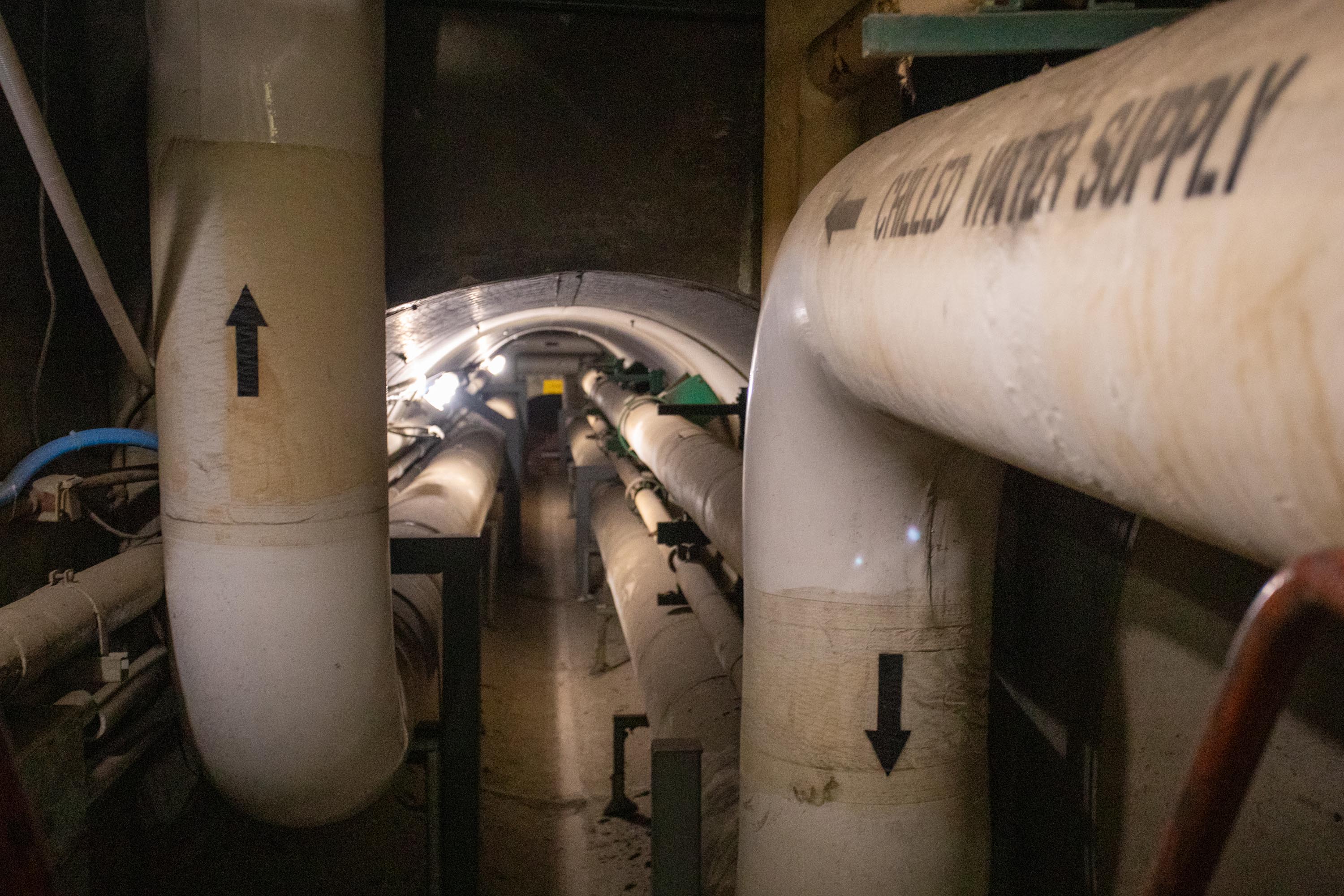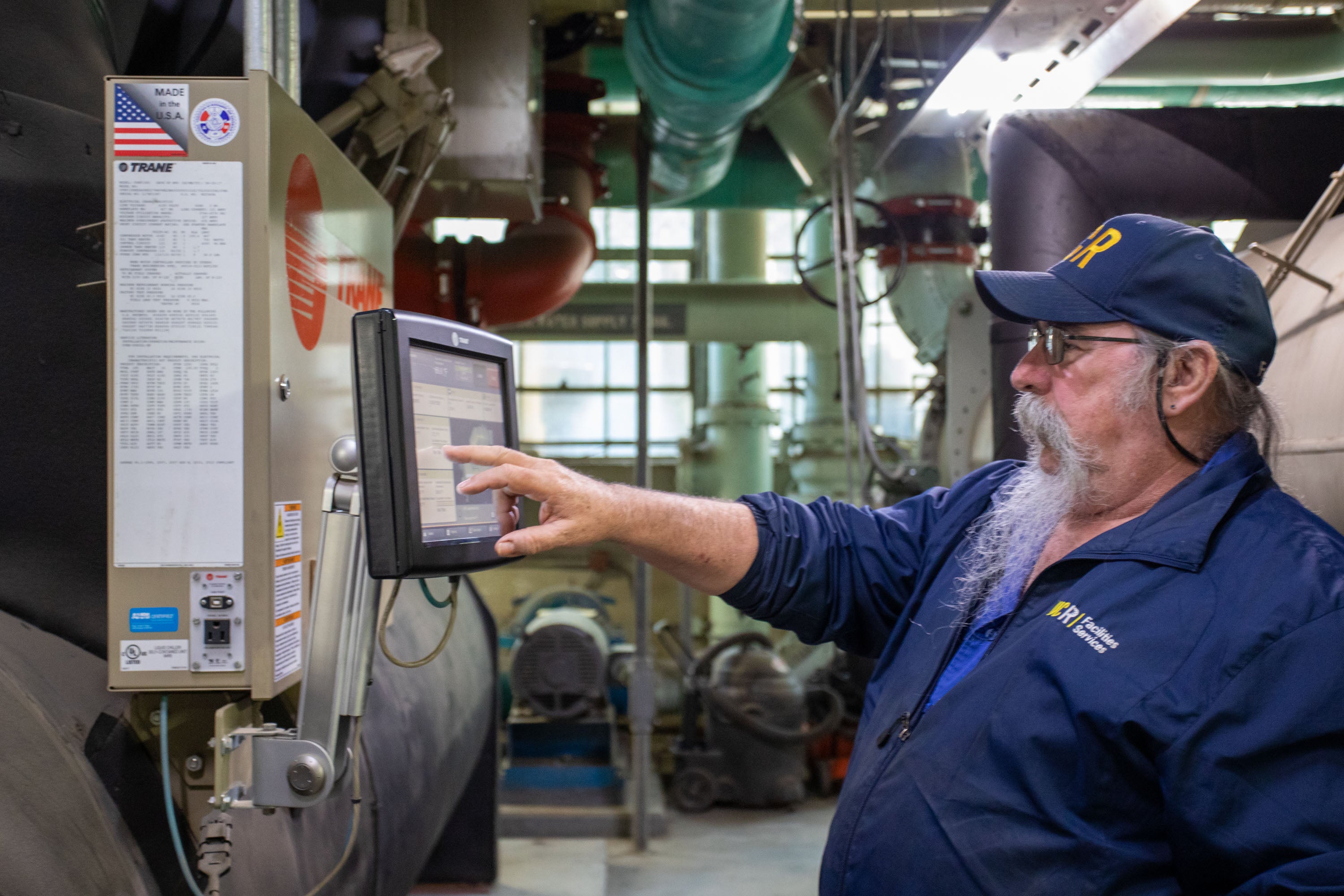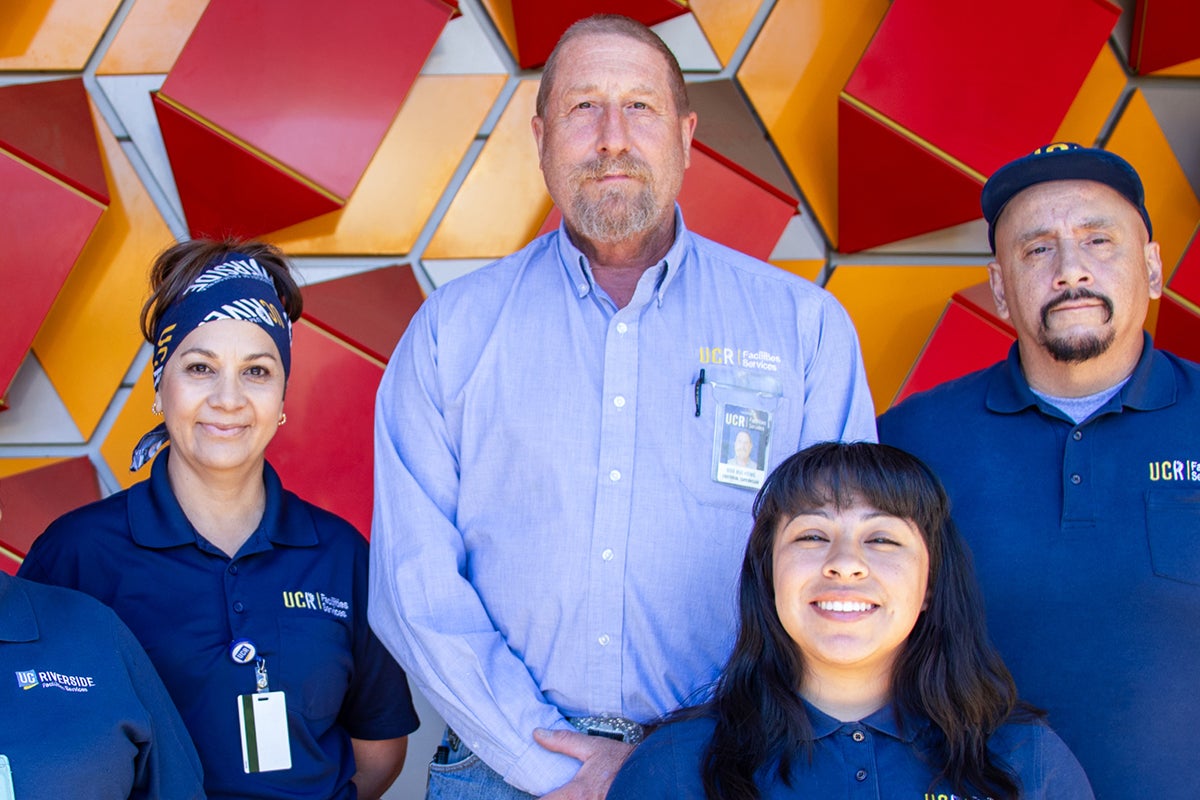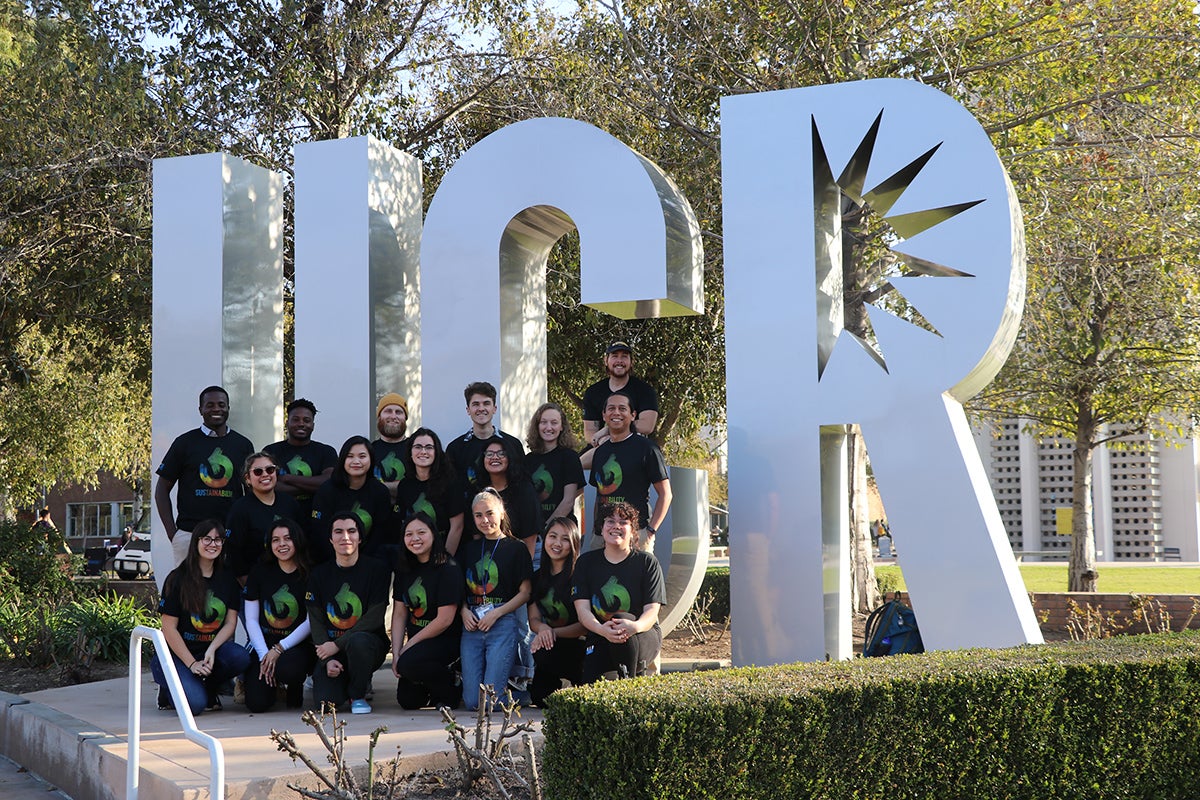Energy & Engineering
What we do
- Energy & Engineering supports the planning, development and modernization of UC Riverside’s energy and utility infrastructure.
- We focus on campus-wide energy reduction and implementation of energy management and energy efficiency strategies for the campus.
- With our diverse skillset and professional engineering experience, Energy & Engineering provides engineering services and solutions for the campus.
- Our vision is to advance UC Riverside's energy and utility infrastructure, energy procurement, energy efficiency, energy renewables and campus-wide sustainability goals to make UC Riverside number one in energy management & sustainability.
- Our mission is to create a smart, resilient, energy efficient and sustainable campus.
About our team
Your questions and comments are important to us. Please email us with any questions or inquires at energy@ucr.edu. We look forward to answering your questions.
Projects and Goals
Completed projects
- LED Phase 1 & 2 — Retrofitted older lighting technology with energy efficient LED lighting technology within 15 campus buildings.
- Central Plant Controls Upgrade — Upgraded and replaced antiquated control system devices and software and for valuable system feedback to operators. Additionally, this will add monitoring of critical equipment, utilities, and process for energy optimization. This project will ultimately provide reliability and safety for the Central Plant operation, increasing overall plant efficiency.
- Steam Pipe Insulation Phase 1 & 2 — Insulated steam piping lines as well as condensate piping lines throughout the Central Plant and steam distribution tunnels.
- Solar Rooftop Project — Provided the campus with solar PV systems across multiple campus building rooftops. Installed capacity to date is 1.36 MW, bringing our total installed capacity of campus solar PV to over 9.2 MW.
- Entomology Building Lab Controls — Retrofitted existing lab controls.
Ongoing projects
- Campus Decarbonization — Reduce 90% of associated greenhouse gas emissions by 2045. Read the decarbonization study.
- Central Plant, Multiple VFD Projects — Retrofits 15 pumps/fans of different sizes with VFD's at the Central Plant. The project will improve energy efficiency and operations for the Central Plant.
- Save by the Meter Program/Initiative — Places several utility smart-meters and sub-metering systems across strategic campus locations/buildings. With these meters in place, energy baselines can be established, monitored, and managed. Efficiency can be optimized for greater energy savings.
Planned and future projects
- Steam Pipe Insulation Phase 3 — Insulates steam piping lines as well as condensate piping lines throughout the core buildings.
- Replacing Chilled Water Valves — Replaces chilled water valves that are allowing excess chilled water to enter the cooling coils of a building's chilled water system. New valve retrofits will reduce the amount of chilled water entering the cooling coils making them more efficient. This reduces the amount of energy required from the campus chilled water loop.
- Green Lab — Optimizes air changes per hour utilizing the building control system and occupancy sensors. Energy will be saved by reducing fan run time. Additional energy can be saved through exhaust fan VFD retrofits.
- HVAC Zone Retrofit — Removes data server loads from building air handlers to allow them to shut off in the evenings. Energy will be saved by turning off the air handlers during these off-peak hours.
- Automated Boiler Blowdown — Automates the boiler blowdown process at the Central Plant. This project will reduce the energy required to heat the system, reduce make-up water consumption, and reduce overall boiler maintenance. Additionally, this will improve the safety and reliability of the process by eliminating manual intervention.










